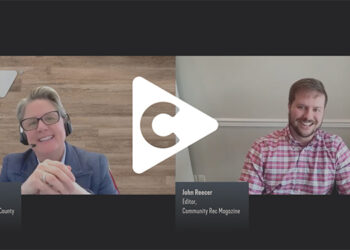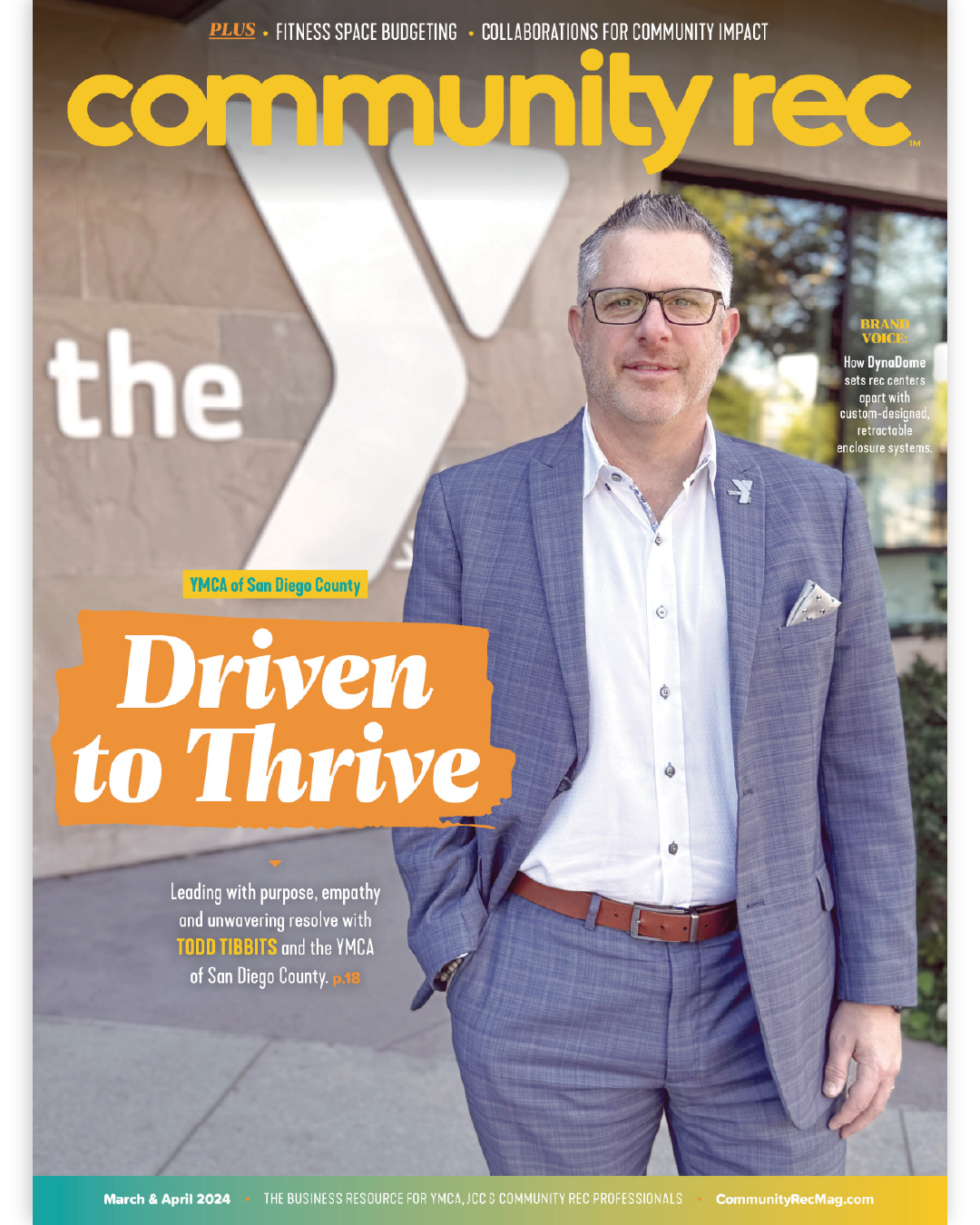Learn the best strategies and tips for managing a software change at your rec center.
Content management systems provide an essential service for community rec centers when it comes to creating, editing, collaborating, publishing and storing digital content. A software switch provides the opportunity to assess existing processes and drive innovation while encouraging staff to envision results you aim to achieve rather than relying on familiar methods.
That’s why William Owens, the enterprise team lead at Amilia, an e-commerce platform for activities and recreation, said clear communication serves as the foundation for a successful transition. Articulating the rationale behind a switch and its aligned benefits to organizational goals fosters clarity and minimizes resistance throughout the company.
“Prioritizing in-depth training is important to ensure staff proficiency with new systems,” said Owens. “Offering diverse training methods including in-person sessions, online videos and guided learning can help accommodate different learning styles. To address potential challenges, it’s important to establish channels for staff feedback. By incorporating employee insights, concerns can be identified and mitigated, which leads to a smoother transition.”
Owens said one major hurdle he’s seen while making a software change is ‘analysis paralysis.’ This is when organizations get stuck in the decision-making process due to a lack of clear criteria, leading to poor choices. It’s crucial to define specific criteria when making the decision to switch.
To combat this, Owens said to avoid falling into the consensus trap. Instead of trying to please everyone, prioritize evaluating options based on established criteria. This prevents decisions from being influenced by individual preferences, leading to more informed choices.
“Technology integration is also a concern,” said Owens. “Ensuring new technology works seamlessly with existing systems can be complex but it’s essential for overall efficiency and user experience. Gradual member transition is key. Expect shifting members to the new system will require multiple rounds of communication and support. Rome wasn’t built in a day and neither is a successful switch.”
Another factor to consider is overall cost. Jenny James Lee, the vice president of marketing at the YMCA of Greater Brandywine, said the Y conducted a thorough audit of its needs and vetted potential solutions against requirements before switching to HubSpot for the Y’s customer relationship management system.
James Lee said once they outlined the Y’s needs, it was clear a migration was necessary not only to improve opportunities and operations, but because their prior solution had become unstable.
“Our team prepared a return on investment (ROI) analysis, had conversations with key stakeholders, and held webinars and joint planning meetings with representatives from HubSpot to ensure everyone could ask questions, understand needs and see the opportunities that would come as a result of the migration,” said James Lee. “Our largest challenge was an outside factor — COVID-19 — which both sped up and slowed down our migration.”
Besides the pandemic, some of the largest challenges the YMCA of Brandywine saw were in its operations. James Lee said they were forced to view business and operations in a different angle when migrating to a new system. This can lead to uncovering inconsistencies in data entry or processes, and the addition of projects and tasks seemingly unrelated to migration.
Luckily, the move to HubSpot has been a success for the Y despite the difficulty in capturing a true ROI due to the adoption occurring during the pandemic.
“It’s a great tool for learning more about your customers and enhancing your marketing, customer service, fundraising and so much more,” said James Lee. “We touch our customers through so many unique communications and conversations, and we’re just starting to see more of the full picture in one system. Since adopting a centralized sales process in HubSpot, we’ve grown our membership by nearly 30% in 20 months. It allows us to work more strategically and efficiently and to have more intentional conversations.”
Similar triumphs were found at the Memphis JCC where Sharon Kaplan, the early childhood assistant director and camp director, said operations became significantly more streamlined upon embracing a camp management software called CampDoc.
Kaplan said they were formerly using one program for registration, another program to collect forms and information, and then using email/text as a form of communication as well. CampDoc had everything the JCC was looking for in one outlet.
“We launched the same day our registration went live, so we did it all in real time and that was tricky,” said Kaplan. “The biggest challenge was working out the kinks and making it look like we knew what we were doing. If you’re looking to streamline operations, I would highly recommend making a change. While it might seem overwhelming off the bat, in the long run it will be the right choice.”
Kaplan added once staff had a grasp on the program, it was easy to use and train other team members. The JCC also watched the training videos and relied on CampDoc’s customer service line to better gear the software toward its camp.
One of the biggest tips James Lee had concerning learning a new system is for rec center leadership to first do homework and research in the initial stages of the switch. Specifically, you don’t want to jump ship to a new system and realize you’re simply trading one problem for another.
“Conduct a full analysis of what you need the system to do, socialize that list with your stakeholders and vet all of the potential solutions against that list,” said James Lee. “Understand which items are critical and which are ‘nice to haves’ so you can prioritize accordingly. While it’s likely no system can do everything you’d like, you want to make sure you are going in with both eyes open.”
From the vendor side of a transition, Owens said a software upgrade can play an important role in advancing diversity, equity and inclusion (DEI) initiatives. By implementing features that allow for better tracking and reporting of DEI metrics, organizations can actively work toward creating a more inclusive environment and demonstrating a commitment to these principles.
Owens added a software change can also lead to decreased staff costs, increased operational efficiency, improved user experiences, targeted marketing and convenient online payment options.
“These combined benefits can contribute to the overall growth and financial success of any rec center,” said Owens. “These upgrades often result in enhanced customer experience. With smoother operations, fewer errors and quicker response times, customer satisfaction is likely to improve, contributing to higher customer retention rates and positive word-of-mouth referrals.”
At Amilia, Owens said they know transitioning to new software is a significant undertaking for rec centers. That’s why, as a supplier, their focus has been on ensuring their system is not only user-friendly and intuitive, but also provides a comprehensive set of tools to aid centers in navigating the platform so all staff can help manage the transition seamlessly.
In the end, those are the goals for any trustworthy and helpful software management company. While technology can be a tricky obstacle to overcome and change is usually never easy, upgrading your software through a reliable vendor will pay dividends for your rec center for years to come.











